How to Choose a Wireless Cycling Computer?
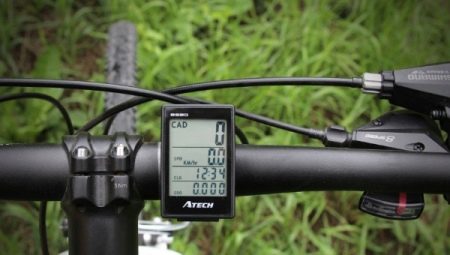
The bicycle computer is gaining great popularity not only among cycling enthusiasts, but also among professionals. How does this device work and what is it like?
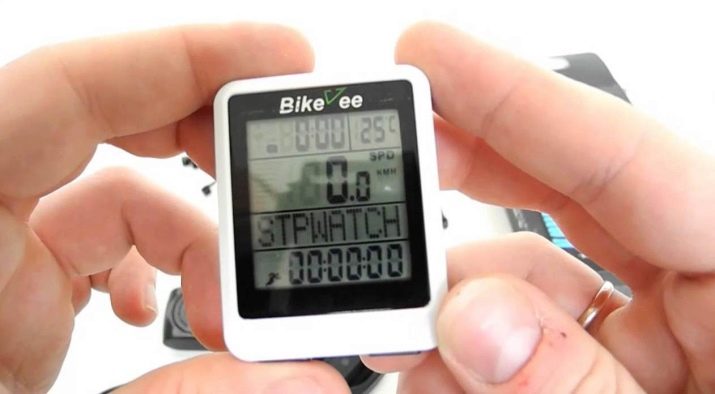
Principle of operation
The bicycle computer, regardless of the model, is equipped with a Hall sensor that detects magnetic radiation. A magnet is fixed on one of the front spokes, opposite it is a reed switch, which closes the contact every time a magnet passes by it. The signals are transmitted to the computer and displayed as numbers on the screen. Some bike computer models can additionally calculate cadence (cadence). For this, another magnet is installed on the connecting rod, and the sensor, which is sensitive to magnetic radiation, is on the rear gear.
There is a wireless bike computer that works wirelessly, and the signals from the sensor are transmitted over the radio channel. All calculations are based on the number of wheel revolutions per minute. All data are calculated based on this value. The main measurement parameter is the current speed. This data allows the cyclist to know how fast he is traveling. The bike computer also shows the maximum speed at which the cyclist moved during the trip, the average speed (the ratio of the total distance to the time of movement). Besides, in some models, you can set the desired speed - when this indicator drops, the bike computer will notify you of this.
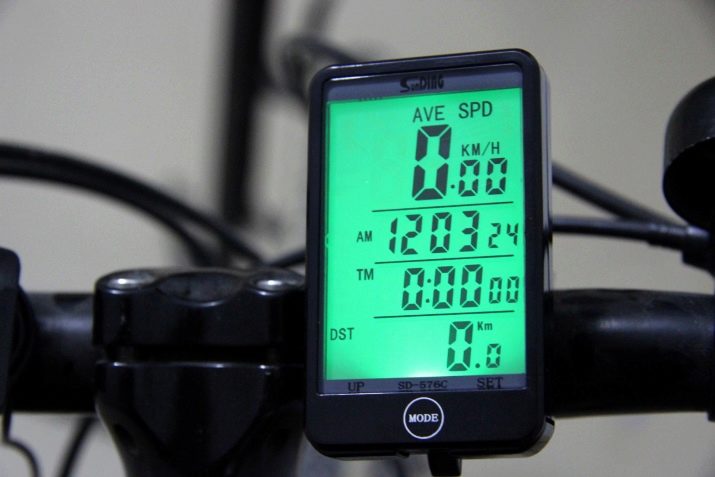
What else does the bike computer show:
- total mileage;
- distance traveled in a certain time;
- number and distance of route segments;
- time;
- stopwatch;
- the time the bike was in motion;
- countdown;
- cadence (current and middle frequency);
- pulse (on some models);
- ride height.
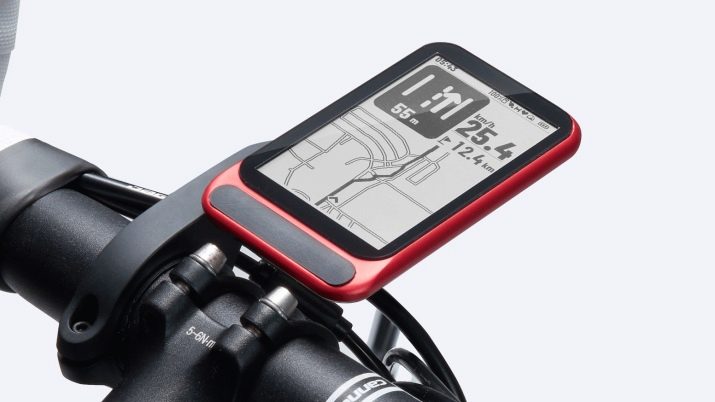
Modern bike computers have wireless signal transmission functions or a reinforced wire to protect against damage.
In addition, for ease of use, they have installed:
- sensors for measuring ambient temperature;
- backlight;
- remote buttons that can be installed in any place convenient for you;
- synchronization with a PC;
- the ability to change the size of the information displayed on the screen;
- sound signals.
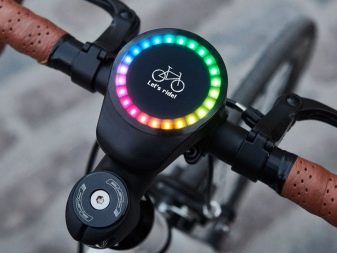
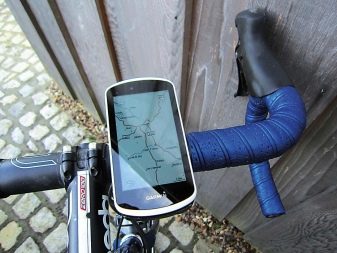
Advantages and disadvantages
There are two types of cycling computers - wired and wireless. For a wired one, signals come through the wires connecting the sensor and the computer itself, while a wireless one uses a radio channel. Each species has its own advantages and disadvantages.
Among the advantages of a wired bike computer are:
- low cost;
- batteries are not required for operation.
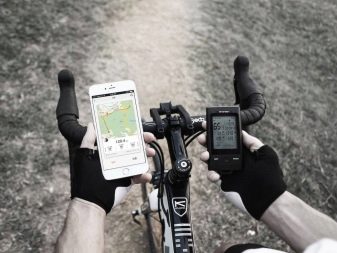
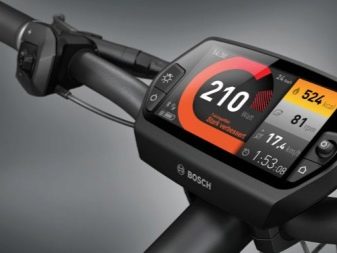
Minuses:
- installation on a special stand is required;
- the wires can be damaged during extreme driving (eg in the forest).
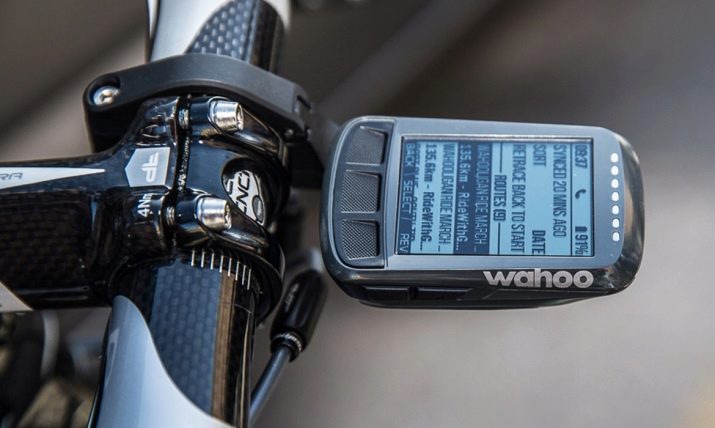
Wireless models have the following advantages:
- works even when removed from the stand;
- lack of wires.
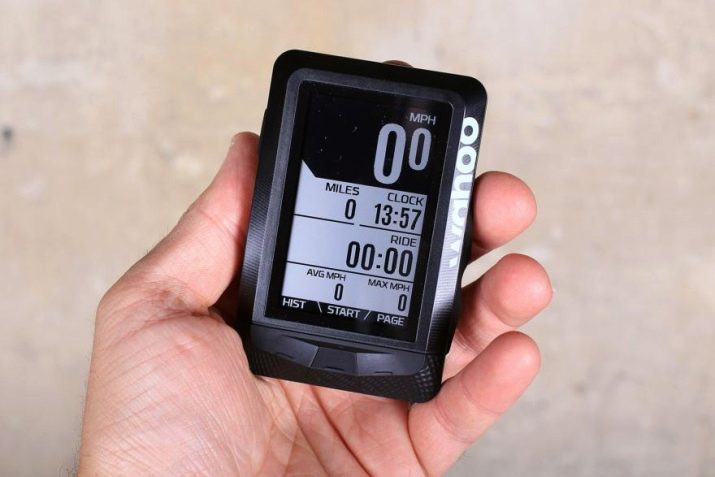
Minuses:
- high price;
- additional batteries are required (for long journeys, a spare set of batteries will be required);
- incorrect operation within the city due to strong radio interference (in this case, a wired bike computer is better).
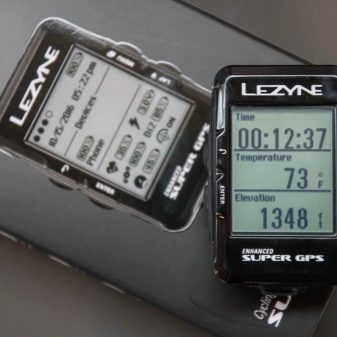

Configuration options
Any bicycle computer has general requirements that should guide the purchase:
- convenient screen (readings should be clearly visible while driving);
- waterproofness (this will allow you to ride even in rain or fog);
- shock and vibration resistance;
- reliable fasteners.
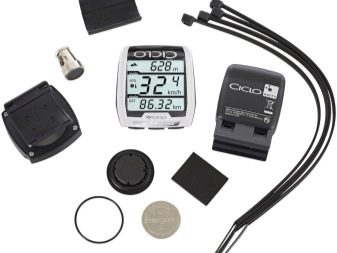
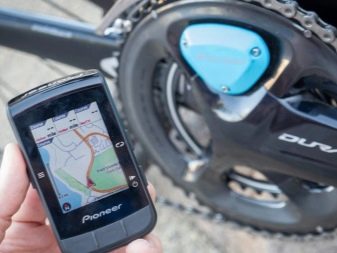
Standard complete set includes:
- special panel for fastening;
- spoke magnet;
- reed switch;
- wire (if the model is wired);
- auxiliary clamps for fastening;
- instruction, guarantee;
- sometimes spare batteries;
- cadence (some models).
The standard option allows you to find out the distance traveled during the bike ride, average riding speed, minimum and maximum speeds.
More professional models come with a heart rate monitor, cadence sensor, stopwatch, built-in thermometer, carbon dioxide sensor, and more.
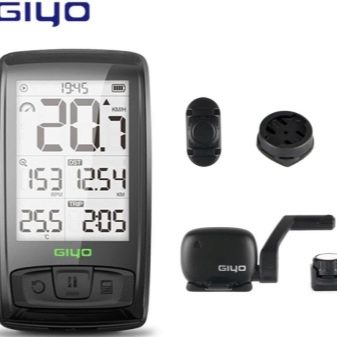
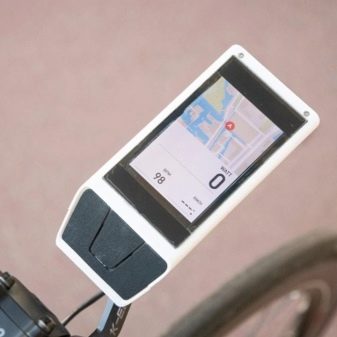
The more characteristics the bike computer monitors, the higher the cost.
Manufacturers overview
Bicycle computers are divided into 3 groups:
- simple - suitable for ordinary cyclists and beginners;
- advanced - for athletes;
- improved - professional.
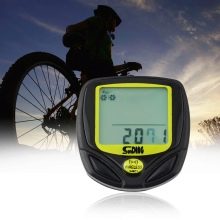
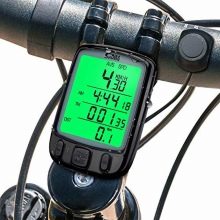
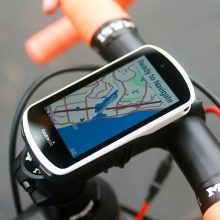
Simple devices show basic functions:
- speed (currently, maximum, for the entire period of driving);
- travel time;
- distance traveled;
- total mileage (since the beginning of the installation);
- watch.
This option is suitable for most cyclists. Among the budget models, the Chinese-made Ventura X can be distinguished. The error of indicators does not exceed 1%, shock-resistant case, waterproof, the screen is easy to read. The set of functions is minimal, all results after changing the batteries are reset, the odometer is designed for a distance of up to 999 km. This model is more suitable for those who need a cycling computer more for reference. Those who want to know their sporting success should pay attention to more advanced models.
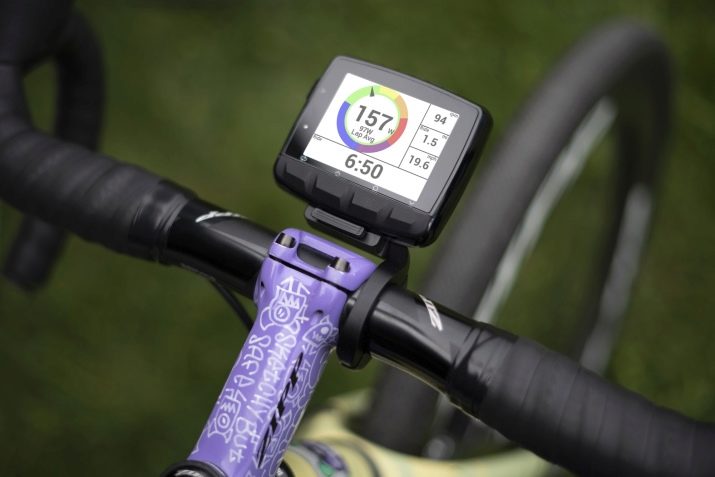
Models of cycling computers from the advanced series have additional capabilities.
- Calculation of the average speed for a certain section of the path. This metric is useful for comparing speed in a workout or when calculating hiking times.
- Some models are equipped with a distance meter. This function will be needed by fans of sports cycling, especially in the "wild" places.
- After changing the batteries, all settings and data are retained.
- It can work on two bicycles, there is a memory function for each of them (suitable for those who have 2 different bike models).
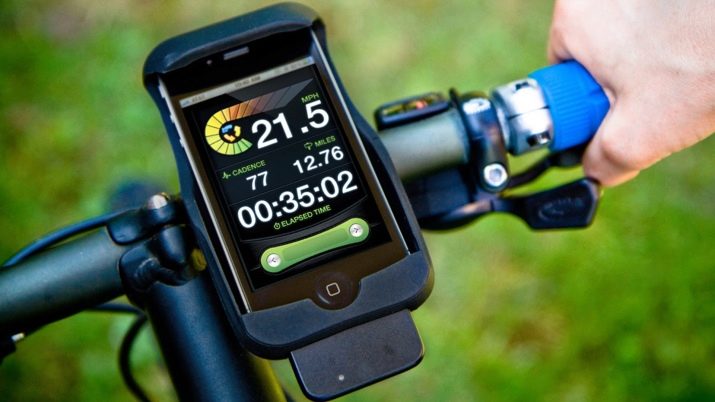
A popular model in this category is Sigma 1609 STS. The device, in addition to the above functions, has:
- display backlight for convenient use at night;
- battery level indicator;
- heart rate monitor;
- there is a possibility of synchronization with a PC for the analysis of indicators;
- second bike recognizer;
- automatic recognizer of the beginning and end of the path;
- thermometer;
- cadence control function.
This model is suitable for athletes.
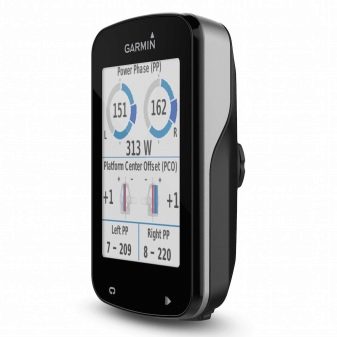

Advanced cycling computers can calculate, if not everything, then a lot. Various derivatives have been added to the standard indicators, such as:
- calories burned (when entering body weight);
- kilometers you need to travel to burn the required amount of calories, etc.
This model is additionally equipped with a GPS system, which allows you to use the bike computer as a map.

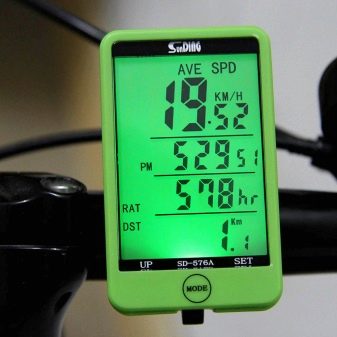
The most popular bike computer is the Sigma ROX 10.0. The model is expensive (more than 10 thousand rubles), but it is practically a personal sports doctor, a weather station and a navigator at the same time. In addition to the above features, this cycling computer will help you plan and analyze your workout, assess energy and more.

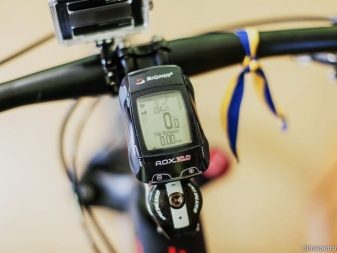
Criterias of choice
Before buying, you need to decide on the following questions:
- what data you need while cycling;
- what budget are you counting on;
- what additional functions might be useful to you.
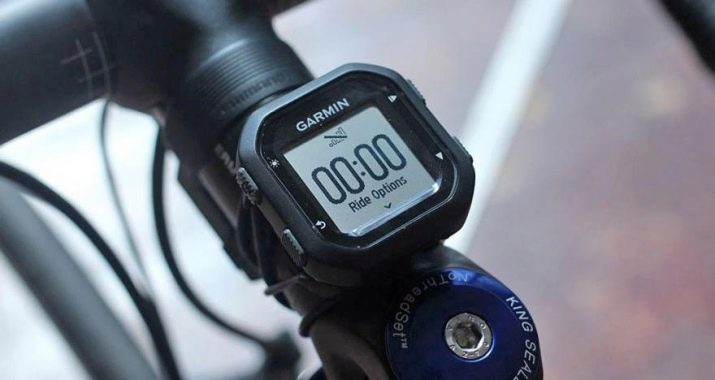
The model you choose also depends on what type of cyclist you are.
- Lover - you use a bicycle for outdoor activities or prefer this type of transport for getting around the city. 3 characteristics are required - speed, time and distance.
- Advanced - spend all your free time on a bike, prefer cycling, sporting events, etc. The indicators of total mileage, maximum altitude, maximum and average speed are important.
- Athlete - constant training. You will need an analysis of your workouts, heart rate, cadence, calories, etc.
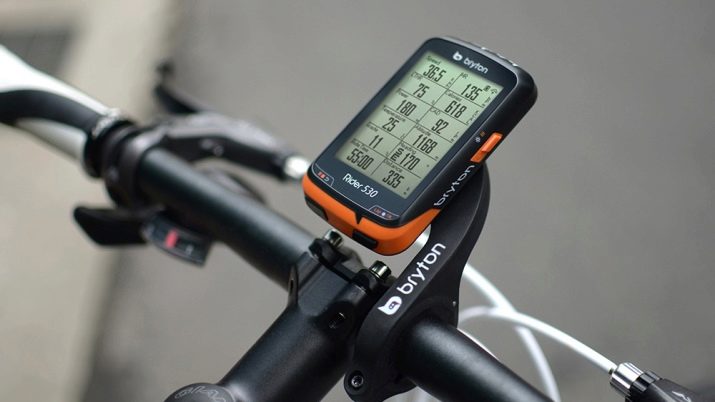
Next, you need to choose the type of bike computer - wired or wireless. The wireless option should be preferred if your bike rides often take place outside the city, where there is a high risk of damage to the wire or radio interference.

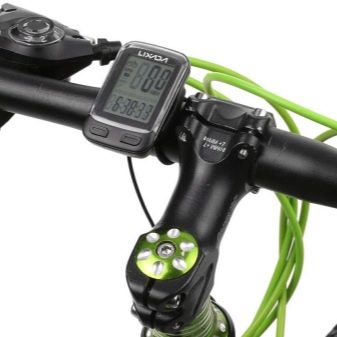
Fans of night walks need to choose models with a display backlight function.
For how to choose a wireless bike computer, see the next video.








